Dollars, Farthings & Fables: Money and Medals
Masterworks
Identifying Ceramics: The Who, What and Ware
The View from Behind
Most English deft plates had plain backs, but the backs of some are decorated as you can see here. The names and dates probably commemorate for who and when the pieces were made. The circles, crosses, scrolls, and dots on the reverse of some delft plates are almost always blue, but they don't seem to have any particular significance. We do know they are not the makers' marks. Although Dutch delft potters often used symbols to identify their products, English potters did not begin to adopt this practice until quite late in the eighteenth century. It has been suggested that delft potters were copying the designs found on the back of some Chinese porcelains, but this hypotheses still doesn't explain why these marks were made. After all, the only people who saw these patterns were probably the ones washing the dishes!
Utilitarian stonewares are generally gray, tan, or brown in color and are thickly potted. This type of ceramic is sometimes embellished in dark blue or purple and often has relief-molded or incised decoration.
Coarse earthenware is yellow or reddish in color. It is quite thickly potted into simple, functional shapes. Slipware is coarse earthenware that has been coated with yellow, tan, rust or brown clay in decorative patterns.
Lantern
Maker unidentified
New York, Pennsylvania, or New England, 1800-1850
Pierced tin-plate with wire, horn and the remains of paint
Not all tin was decorated with bright colors over an asphaltum ground; tinsmiths frequently embellished plain ware with pierced designs. Most tim lanterns of the period, such as this one, were pierced in simple geometric patterns to allow the light to shine outward. The stylized faces seen here transform a common household article into a rather unusual and whimsical object. Piercing tools of at least three different shapes were used to create the faces around the top, the ones on the body and the ornamental border. The door panel is fitted with translucent horn to allow light to show through.
Cross Rhythms: Folk Musical Instruments
Photos supplied by Contemporary Makers' European Correspondent, Manfred Schmitz.





















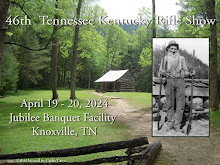

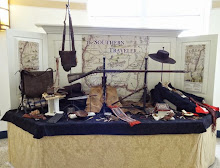





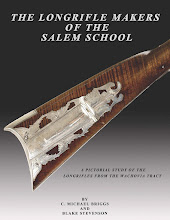

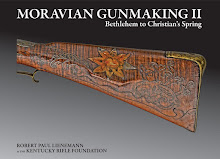


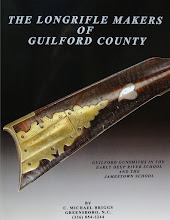

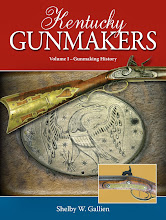









No comments:
Post a Comment
Note: Only a member of this blog may post a comment.